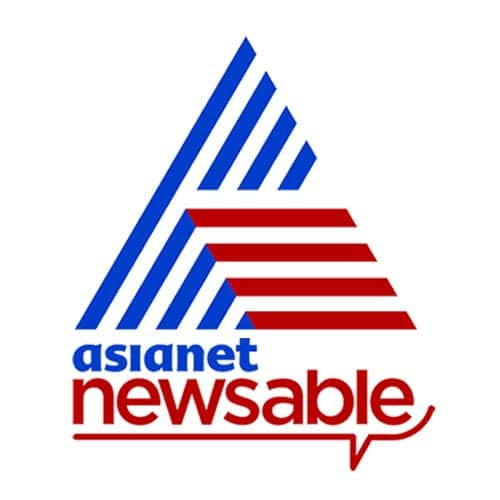synopsis
The Chandrayaan-3 mission is slated to launch on July 13 to the Moon as it looks to explore the geology of the only natural satellite of Earth.
The Indian Space Research Organisation (ISRO) has successfully completed the integration of the Chandrayaan-3 spacecraft with the Geosynchronous Launch Vehicle Mark III (GSLV Mk-III) by mating the payload fairing. This significant step took place at the Satish Dhawan Space Centre in Sriharikota on Wednesday.
Also read: Chandrayaan-3: The six-week journey to the moon and space glory
Scheduled to launch on July 13, the Chandrayaan-3 mission aims to explore the geology of the Moon, our planet's natural satellite. The spacecraft, weighing 3,900 kilograms, was initially encapsulated within the rocket's payload fairing at the UR Rao Satellite Centre. Subsequently, it was integrated with the GSLV Mk-III, which will propel it beyond Earth's orbit towards a distance of approximately 384,000 kilometers from Earth.
ISRO Chief S Somnath recently declared that the mission's objective of achieving a soft landing on the Moon would be possible. The launch window spans from July 13 to July 19, during which optimal orbital dynamics will ensure minimal fuel consumption and increased journey efficiency to the Moon.
"We will be able to do a soft landing on the Moon. July 13 is the first possible launch day and it could go up to 19th," Isro chief S Somnath had announced recently.
The payload fairing atop the rocket houses the lander and rover, which are integrated with the Propulsion Module. This module will transport them to an altitude of 100 kilometers above the Moon before separating. The lander possesses the capability to softly touch down at a designated lunar site, enabling the rover to conduct in-situ chemical analysis of the lunar surface while traversing its terrain.
The Chandrayaan-3 mission follows the Chandrayaan-2 mission, which encountered a crash landing on the Moon's surface in 2019. With the Chandrayaan-3 mission, India seeks to explore the South Polar Region of the Moon and aims to become the fourth country in the world to successfully achieve a soft landing on the lunar surface.
)
 subscribe to Asianet News Whatsapp channel by clicking here.
subscribe to Asianet News Whatsapp channel by clicking here.